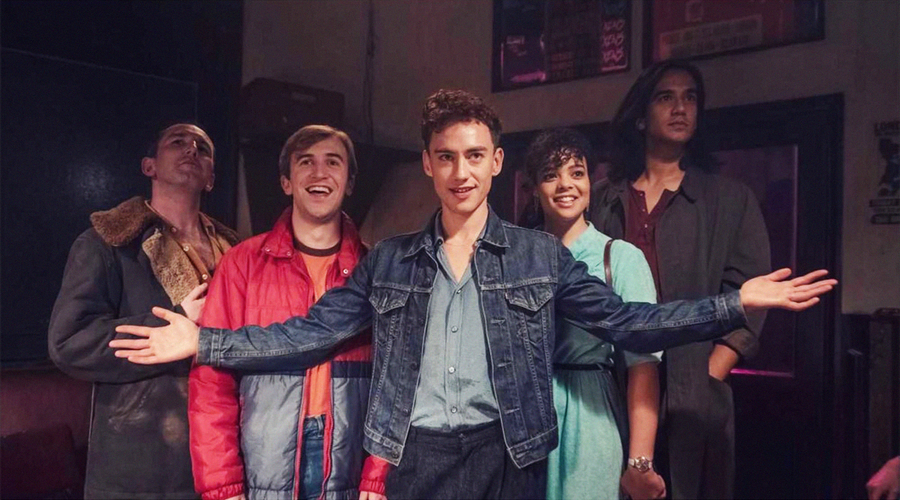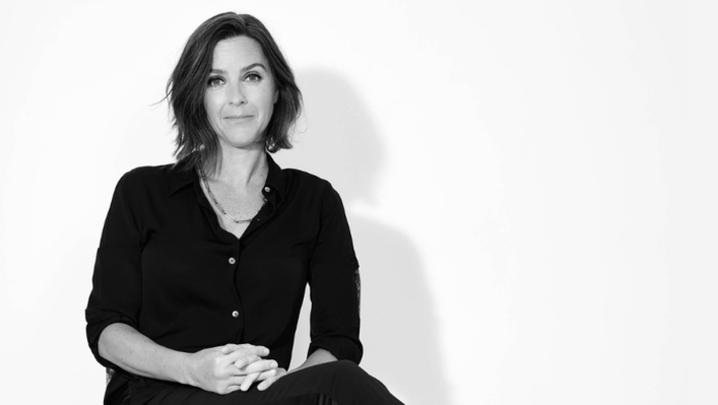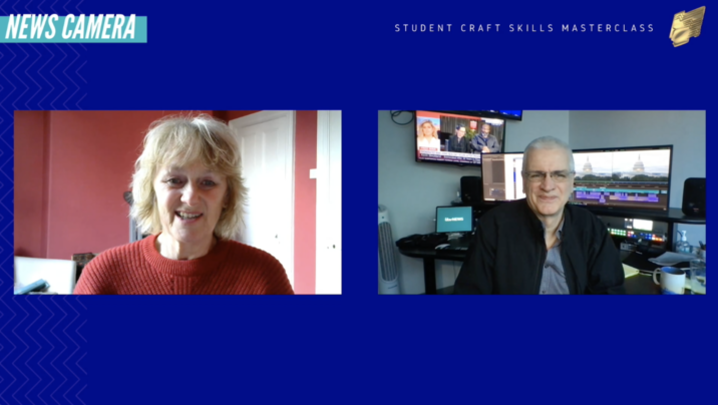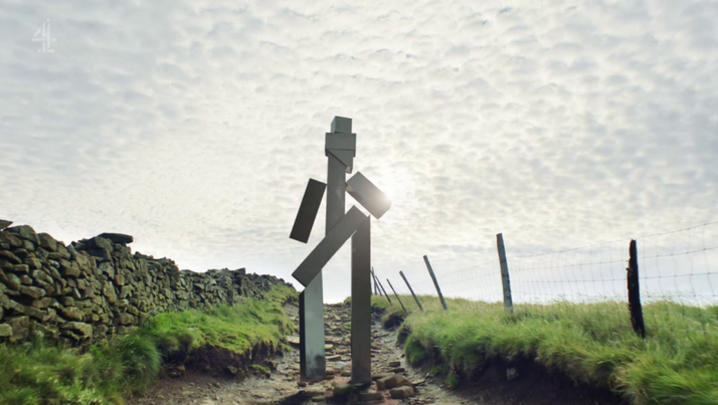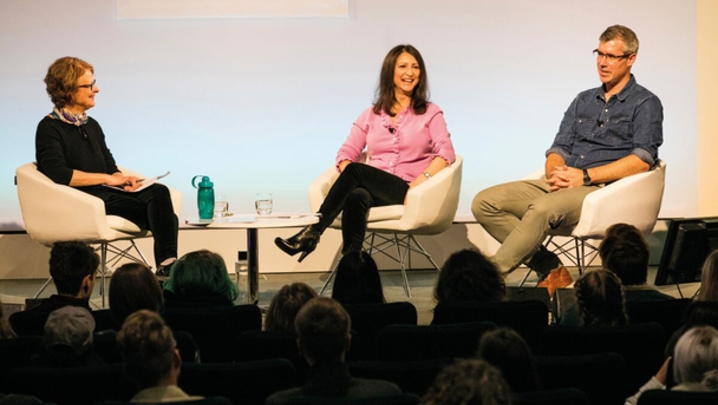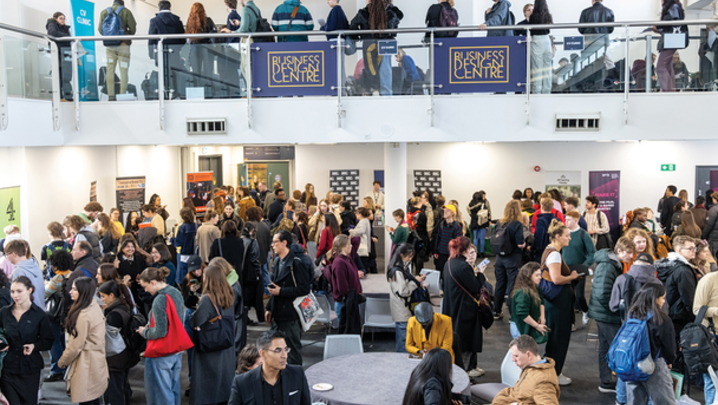Sarah Brewerton took the Editor prize at the RTS Craft & Design Awards 2021 for her work on Russell T Davies’s superlative Aids drama, It’s a Sin. More than a decade earlier, the drama editor bagged the same award for Peter Moffat’s hard-hitting Criminal Justice.
What does the job involve?
I take all the material the director shoots and figure out how to tell the story in the most compelling and emotionally gripping way. There’s this misunderstanding that an editor’s job is simply to cut out the bad bits; it’s the opposite – you’re actually building something.
What editing software do you use?
I started just after the transition from film and I’ve always used Avid.
Do you regret missing out on film?
There’s a lot of nostalgia for editing film; it’s the same with photography. I see the magic of film, but it was a slower process. Using Avid allows you to access so much material in far less time.
Can there sometimes be too much material?
On It’s a Sin, my assistant, Daniel Gale-Coyne, calculated that we had 135 hours of material, a ratio of 27 to one for the length of the series.
Sometimes, it feels as if you are wading through so much material – you spend as much time watching as editing. It can feel overwhelming and you look forward to the day when a scene has been shot in one take!
How long did it take to edit It’s a Sin?
I started on the first day of shooting in October 2019 and worked from home in London during the whole show, which wrapped in January 2020. I had rushes sent to me from the shoot in and around Manchester, so I had four months to assemble the footage by myself.
I then went to Manchester for the fine cut, and the first episode took just under four weeks to lock; the remaining four episodes took about three weeks each. In total, it was around eight months.
Which people do you work with closely on a production?
On It’s a Sin, it was director Peter Hoar, creator/writer Russell T Davies, executive producer Nicola Shindler and producer Phil Collinson. We did a lot of Zooming – we had no choice because of Covid. On the fine cut, I worked side by side with Peter, whom I’ve worked with four times now, including on The Last Kingdom for BBC Two.
Do you find you often work with the same directors?
Who you work with is almost as important as the show. Building relationships is key and you often work with the same director again and again.
How did you become an editor?
I did fine art, painting and photography at university. I answered an ad in the Evening Standard and got a job in a TV marketing company as an office junior.
The people were nice, but I didn’t enjoy looking at things from the outside. I didn’t want to market it, I wanted to make it!
I had a friend from university who had got a job as a runner at an editing company, Sam Sneade Editing, which was looking for another runner – I got an interview and the job. Sam’s an amazing commercial editor and I worked for him for just under a year as a runner and then became a trainee assistant editor.
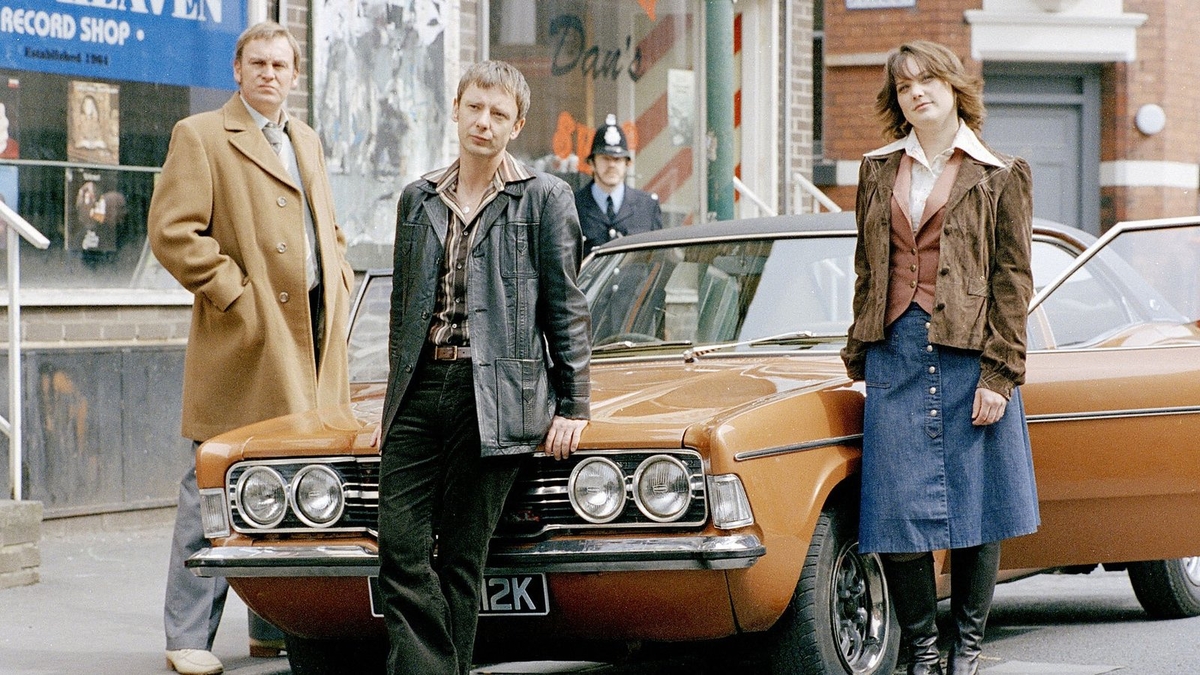
How did you break into TV?
I moved to Todd-AO in Camden [north London] and became an Avid assistant and, via various generous editors, I learned how to cut programmes. I worked with Jake Bernard, who allowed me to practise on Jim Henson shows The Hoobs, Mopatop’s Shop and Construction Site.
What was the first TV drama that you edited?
An episode of Fox comedy drama Keen Eddie with Sienna Miller and then the Kudos crime series Hustle for BBC One.
What makes a good editor?
Aside from knowledge of Avid, which is essential, patience and perseverance are important. You also have to understand the politics of the cutting room and know when and how loudly to voice your opinions.
What do you take to work with you?
Whether I’m at home or in an edit suite, a computer with Avid software, a phone, a big notebook and a pen – I’m constantly writing notes and reminders.
What are the best and worst parts of the job?
Recently, working on It’s a Sin, I could see from the script that the story was amazing – it doesn’t matter who you are, what age or sexuality, it’s really engaging and heartbreaking. It’s brought back HIV and Aids into people’s consciousness, and the stigma so many people faced. The subsequent increase in HIV testing has been important, too.
The worst parts of the job are the long hours and the intense nature of the work. I really need to wind down after a job.
What are your other favourites?
BBC One’s Life on Mars is one of the best things I’ve worked on; I also really enjoyed BBC One’s Criminal Justice and BBC Three’s Don’t Take My Baby.
What advice would you give to someone wanting to become an editor?
Everyone has a video camera on their phone, so you should really be able to practise editing. For drama, the industry standard software is Avid; for documentary and factual, Premiere is used a lot, and free versions of both are available.
The route into editing drama is to start as a trainee or a second assistant editor (or a third assistant on a really big production). But to even become a trainee, you will usually need industry qualifications, though not necessarily a university degree. Post-production houses, where I started, are a great place to learn and gain experience.
As a woman of colour, do you think editing is a diverse profession?
I’m afraid not, though it’s probably better than some parts of the TV industry. It’s an ongoing problem, but one that is being looked at more than in the past. There are more female editors than before, but not much ethnic diversity. I can count on one hand the number of women of colour I’ve met in editing.
I’ve talked to lots of female editors, and we all have stories of being patronised or having assumptions made about us – when a male assistant or someone new comes into the editing suite, they have often assumed that I’m the junior. I have been mistaken for cast, not crew, too many times to mention. I also don’t think there are enough people from working-class backgrounds in the industry.
What genre would you love to work in?
I’d love to cut a musical – not that they should ever remake them, but I adore The Wizard of Oz and Bugsy Malone.
Sarah Brewerton was interviewed by Matthew Bell.

